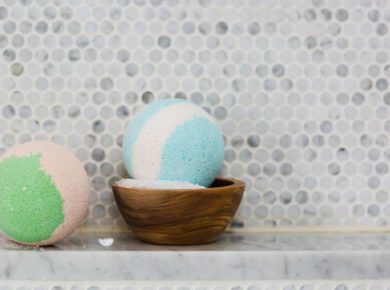In the ever-evolving world of aesthetic medicine, one of the latest trends gaining significant attention is temple filler. This relatively new procedure has become increasingly popular among individuals seeking a more youthful and harmonious facial appearance. In this comprehensive exploration, we delve into what temple filler is, its benefits, the procedure involved, and the considerations one should take before opting for this treatment.
Understanding Temple Filler
The temples, located on the sides of the forehead, are often overlooked in the discussion of facial aesthetics. However, as we age, the temples can lose volume, leading to a hollowed appearance that may contribute to an overall aged and tired look. This is where temple fillers come into play, offering a solution to restore volume and create a more youthful facial contour.
Temple fillers are typically composed of hyaluronic acid, a substance naturally found in the skin, known for its ability to retain moisture and volume. When injected into the temples, these fillers can counteract the volume loss, smoothing the transition between the forehead, eyes, and cheekbones.
The Benefits of Temple Filling
One of the primary benefits of temple fillers is the subtle yet significant rejuvenating effect they have on the face. By restoring volume in the temples, the procedure can provide a more balanced and youthful appearance. This not only enhances the overall facial harmony but also can lift and tighten surrounding areas, offering a slight brow lift and reducing the appearance of sagging skin.
Another advantage is the minimally invasive nature of the procedure. Unlike more extensive surgical options, temple fillers require no significant downtime, making them a convenient choice for those with busy lifestyles. Furthermore, the results are immediate, with minimal risk of scarring.
The Procedure Explained
The process of receiving temple fillers is relatively quick and straightforward. Initially, a consultation with a qualified practitioner is essential to discuss goals, expectations, and any potential risks. During the procedure, which typically lasts about 30 minutes, the practitioner will inject the filler into the temples using a fine needle or cannula.
Pain and discomfort are minimal, with most patients reporting only a slight pressure or pinching sensation. To enhance comfort, many fillers are infused with lidocaine, a mild anesthetic. After the treatment, patients can typically return to their daily activities immediately, with only minor swelling or bruising.
Safety and Considerations
While temple fillers are generally safe, it’s crucial to have the procedure performed by a skilled and experienced practitioner. Complications, though rare, can occur, such as asymmetry, lumps, or more serious vascular issues. A thorough understanding of facial anatomy and proper injection techniques is vital to minimize these risks.
Patients should also be aware of the temporary nature of temple fillers. The effects usually last between 12 to 18 months, after which the treatment can be repeated. Regular follow-ups with the practitioner are recommended to monitor and maintain the desired results.
The Impact on Self-Perception and Confidence
Beyond the physical transformation, temple fillers can have a profound impact on a person’s self-esteem and confidence. Living in a society that often values youth and aesthetic appeal, these subtle changes can lead to significant improvements in how individuals perceive themselves and interact with others.
Conclusion
Temple filler represents a remarkable advancement in the field of cosmetic dermatology, offering a nuanced approach to facial rejuvenation. As with any medical procedure, it’s essential to approach temple fillers with a balanced perspective, understanding both their potential and limitations.
The rise of temple fillers underscores a broader trend in aesthetic medicine: the desire for natural, understated enhancements that respect the individual’s unique facial characteristics. In this pursuit, temple fillers are not just about turning back the clock; they’re about creating a harmonious, confident, and refreshed appearance that reflects the individual’s inner vitality. As this technique continues to gain popularity, it stands as a testament to the innovative and ever-adapting nature of aesthetic treatments in our quest for self-improvement and wellbeing.





